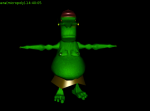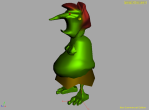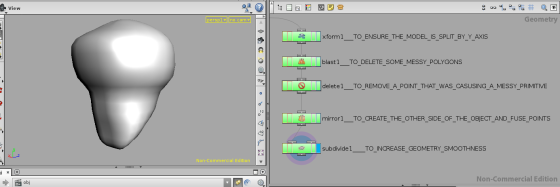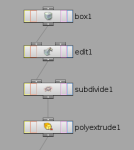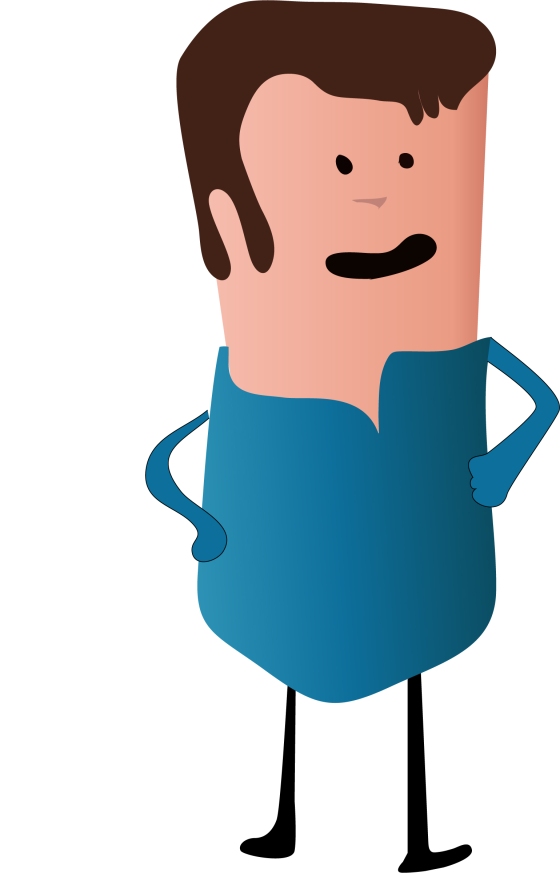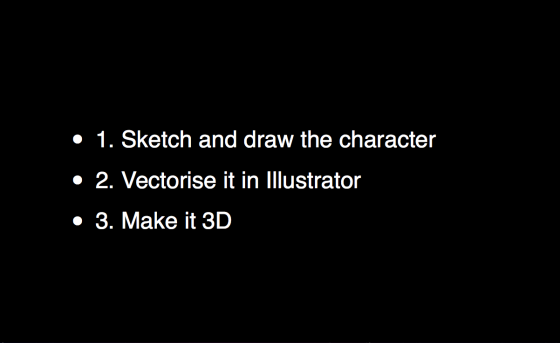Arms were created. I tried few different textures but none of them were looking good and resembles troll/lizard skin so I decided to take out the textures.
Overall the experience with modeling was a bit stressful in the beginning, which was also due to my schedule and the full time placement I started earlier than expected. But after that is starts to seem like a logical way of modeling with the box modeling technique. I believe it’s a bit more complex for a 3D beginner than it could be,and it might be more intuitive. The other thing I didn’t like much is the scarce resources available on Houdini modeling compared to other software like Cinema 4D and Maya, was also disappointed to find out there are no Lynda.com tutorials as I have myself access to a premium account there. I was concerned in the beginning what the final results will be (hence the worried emails and searching for tutorials) but at the end I tried my best with the time available. I’m satisfied with the result and glad I now have a basic understanding of modelling which I plan to expand in future as the commercial demand for 3d Design/animation and design is rapidly increasing even in spheres like interactive and web design which I have noticed from personal experience.


